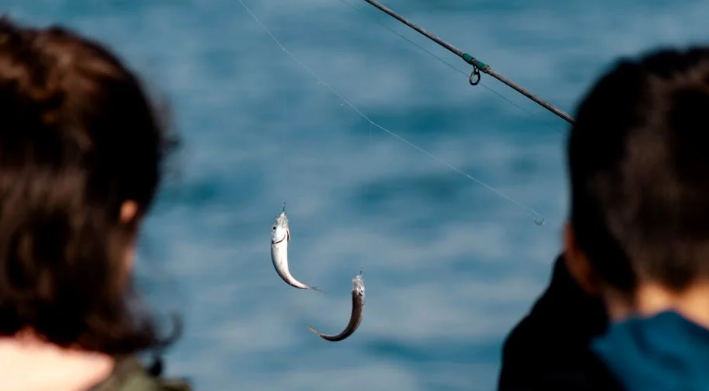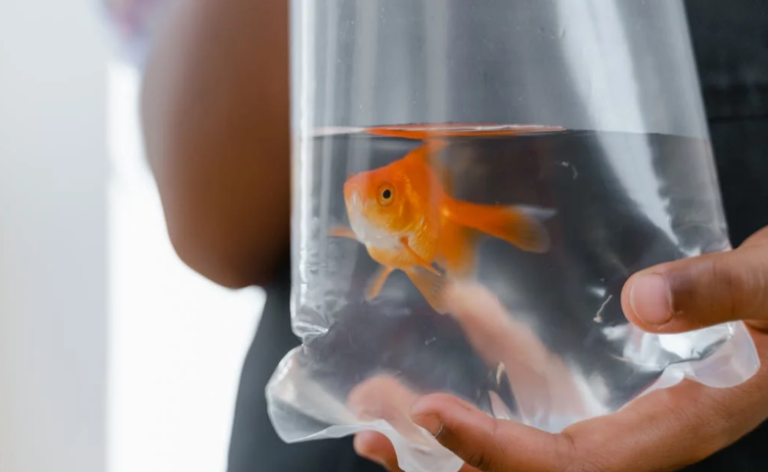Mullet fish are a common sight in many coastal waters around the world. Known for their distinctive appearance and lively behavior, they are a favorite among anglers. But beyond the thrill of catching them, many people wonder: are mullet fish good to eat? This guide will explore various aspects of mullet fish, from their nutritional value to different cooking methods, helping you understand whether mullet fish should be on your menu.
What Are Mullet Fish?

Appearance and Habitat
Mullet fish are easily recognizable by their silvery bodies and forked tails. They are typically found in coastal regions, estuaries, and sometimes even in freshwater rivers. Mullet are known for their strong swimming abilities and often travel in large schools.
Types of Mullet
There are several species of mullet fish, but the most common ones include:
- Striped Mullet: Known for the dark horizontal stripes along their bodies.
- White Mullet: Slightly smaller and lighter in color than the striped mullet.
- Flathead Mullet: Recognized by their broader heads and shorter bodies.
Nutritional Value of Mullet Fish
Rich in Protein
Mullet fish are an excellent source of protein, essential for muscle growth and repair. A 100-gram serving of mullet can provide around 20 grams of protein, making it a valuable addition to a balanced diet.
Healthy Fats
Mullet fish are also rich in omega-3 fatty acids, which are beneficial for heart health. These healthy fats can help reduce inflammation, lower blood pressure, and improve overall cardiovascular health.
Vitamins and Minerals
In addition to protein and healthy fats, mullet fish are packed with essential vitamins and minerals such as:
- Vitamin B12: Important for nerve function and the production of red blood cells.
- Vitamin D: Crucial for bone health and immune system support.
- Selenium: An antioxidant that helps protect cells from damage.
- Iodine: Essential for thyroid function and metabolism.
Taste and Texture of Mullet Fish
Flavor Profile
Mullet fish have a mild and slightly sweet flavor, making them a versatile choice for various recipes. Their taste can be described as clean and fresh, without the strong fishy flavor that some other types of fish have.
Texture
The texture of mullet fish is firm yet tender, with a moist and flaky consistency. This makes them suitable for a variety of cooking methods, from grilling to frying.
Cooking Methods for Mullet Fish
Grilling
Grilling is a popular method for cooking mullet fish. It enhances their natural flavors and gives the fish a delicious smoky taste. To grill mullet, simply season the fish with your favorite herbs and spices, then cook on a preheated grill for about 4-5 minutes per side.
Baking
Baking mullet fish is a healthy and convenient option. Place the fish on a baking sheet, drizzle with olive oil, and season with salt, pepper, and lemon juice. Bake in a preheated oven at 375°F (190°C) for about 20 minutes, or until the fish is cooked through and flakes easily with a fork.
Frying
Fried mullet fish is a crispy and flavorful treat. To fry mullet, coat the fish in flour or cornmeal, then fry in hot oil until golden brown and crispy. This method is especially popular in Southern cuisine.
Steaming
Steaming is another healthy way to cook mullet fish. It preserves the fish’s nutrients and results in a moist, tender dish. Season the fish with ginger, garlic, and soy sauce, then steam for about 10-15 minutes, or until fully cooked.
Health Benefits of Eating Mullet Fish
Heart Health
The omega-3 fatty acids found in mullet fish are known to support heart health by reducing the risk of heart disease. They help lower blood pressure, reduce triglyceride levels, and prevent plaque buildup in arteries.
Brain Function
Omega-3 fatty acids also play a crucial role in brain health. Regular consumption of mullet fish can help improve cognitive function, reduce the risk of Alzheimer’s disease, and support overall mental health.
Weight Management
Mullet fish are low in calories and high in protein, making them an excellent choice for those looking to manage their weight.
Cultural and Regional Importance of Mullet Fish
Southern United States
In the Southern United States, especially in states like Florida and Alabama, mullet fish hold a significant place in local cuisine. Mullet festivals are common, celebrating the fish with events, cooking competitions, and feasts. Fried mullet, in particular, is a beloved dish, often served with hushpuppies and coleslaw.
Mediterranean Cuisine
Mullet fish are also popular in Mediterranean cuisine. In countries like Italy and Greece, mullet are often grilled or baked with olive oil, garlic, and fresh herbs. The simple preparation methods highlight the natural flavors of the fish, making it a staple in many coastal communities.
Asian Culinary Traditions
In parts of Asia, such as Japan and Korea, mullet fish are appreciated for their versatility and flavor. They can be prepared in various ways, including steaming, grilling, and even fermenting. In Japan, mullet roe, known as “karasumi,” is a delicacy, often dried and served as an appetizer.
Tips for Cooking Mullet Fish
Enhancing the Flavor
While mullet fish have a mild and pleasant flavor, certain techniques can enhance their taste:
- Marinating: Marinate the fish in a mixture of citrus juice, garlic, and herbs for at least 30 minutes before cooking to infuse additional flavors.
- Herbs and Spices: Use fresh herbs like dill, parsley, and cilantro, along with spices such as paprika and cumin, to complement the fish’s natural flavor.
- Sauces: Serve mullet fish with a variety of sauces, such as tartar sauce, lemon butter sauce, or a tangy tomato relish, to add an extra layer of flavor.
Avoiding Common Mistakes
To ensure your mullet fish dishes turn out perfectly, avoid these common mistakes:
- Overcooking: Mullet fish can become dry and tough if overcooked. Keep an eye on the cooking time and use a fork to check for doneness – the fish should flake easily.
- Underseasoning: While the natural flavor of mullet fish is mild, it can be enhanced significantly with proper seasoning. Don’t be afraid to use ample herbs, spices, and citrus.
- Incorrect Storage: Improper storage can affect the freshness and taste of mullet fish. Always store them in a cold environment and consume them within the recommended time frame.
Environmental Impact and Sustainability
Sustainable Fishing Practices
Sustainable fishing practices are crucial for maintaining healthy fish populations and ecosystems. Mullet fish are often caught using methods that have minimal impact on the environment, such as gillnetting and trap fishing. These methods help ensure that fish populations remain stable and that other marine life is not unduly harmed.
Supporting Local Fisheries
Purchasing mullet fish from local fisheries supports the local economy and encourages sustainable fishing practices. Local fishermen often have a vested interest in maintaining healthy fish populations, leading to more responsible fishing methods.
Reducing Carbon Footprint
By choosing locally sourced mullet fish, you can help reduce the carbon footprint associated with transporting seafood over long distances. This not only benefits the environment but also ensures you are consuming fresher fish.
Final Thoughts on Eating Mullet Fish
Mullet fish are indeed good to eat, offering a combination of great taste, nutritional benefits, and versatility in the kitchen. Whether you prefer them grilled, baked, fried, or steamed, there are countless ways to enjoy this delicious fish. Additionally, mullet fish’s role in various cultural cuisines around the world highlights their wide appeal and culinary importance.
When preparing mullet fish, remember to choose fresh, sustainably sourced options to support environmental health and enjoy the best flavor. By incorporating mullet fish into your diet, you can enjoy a healthy, tasty, and environmentally friendly seafood option. So, the next time you’re at the market or planning a meal, consider giving mullet fish a try – you might just discover a new favorite dish.



